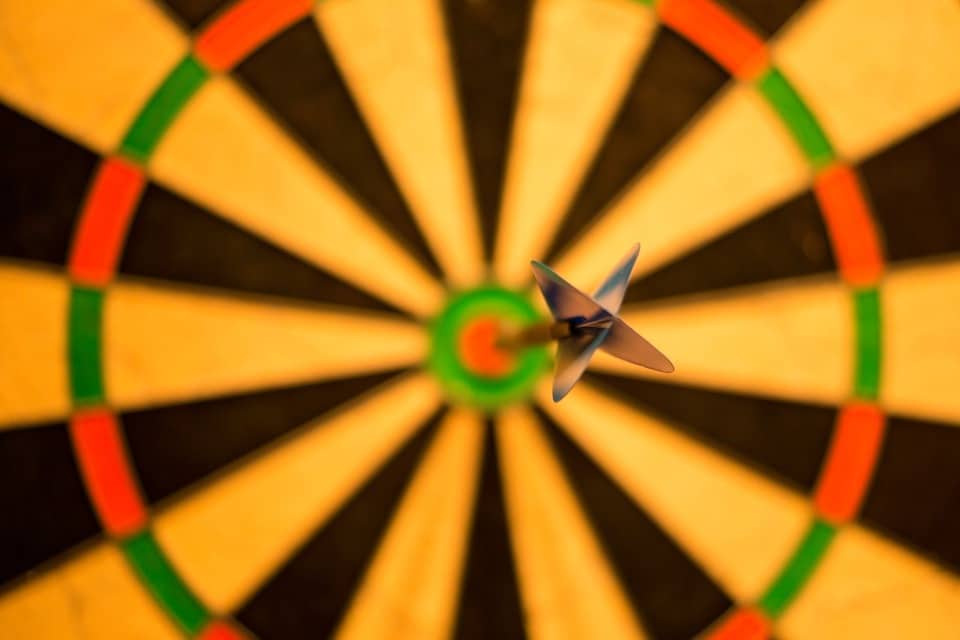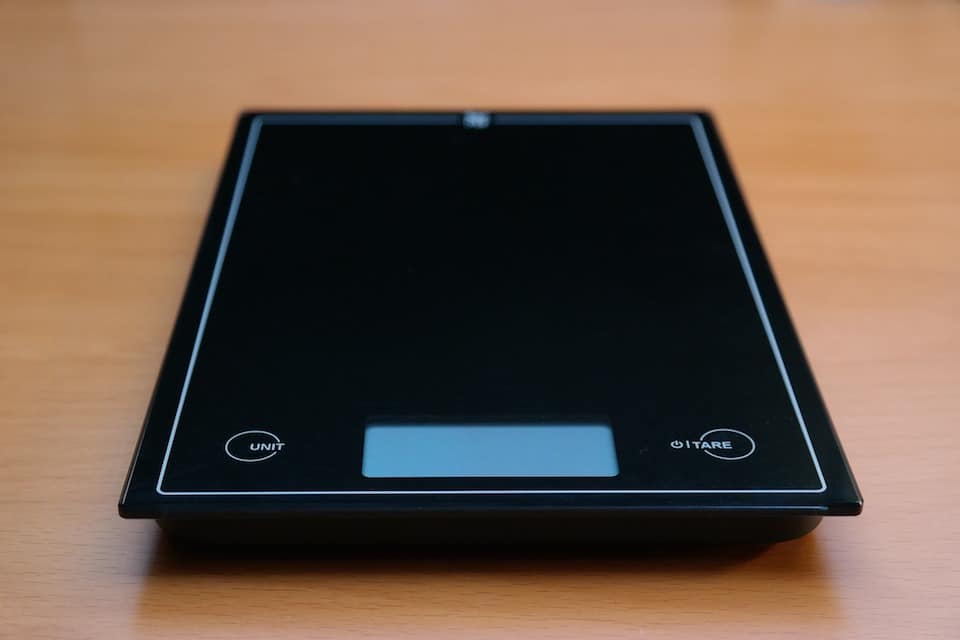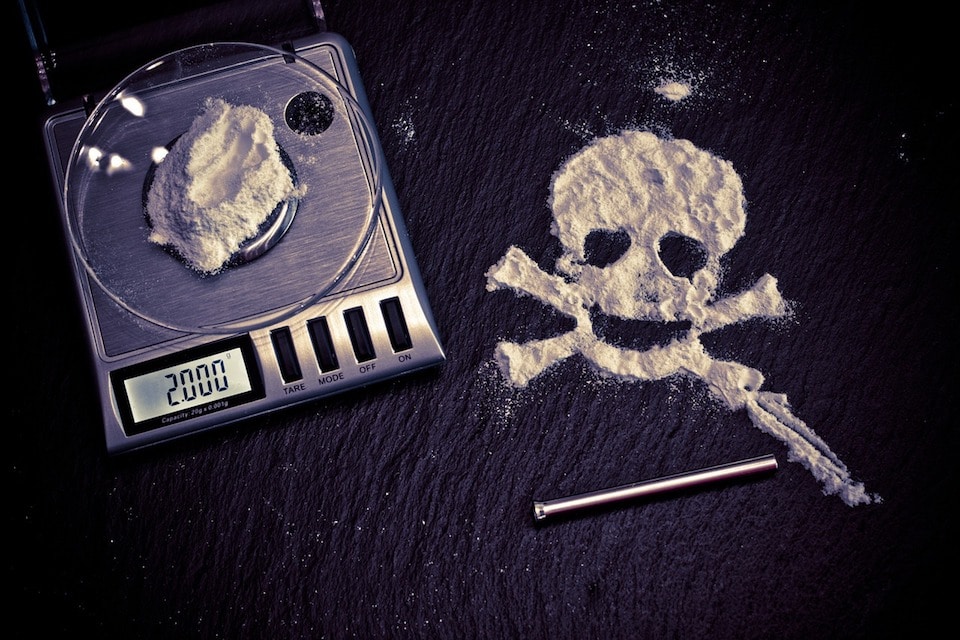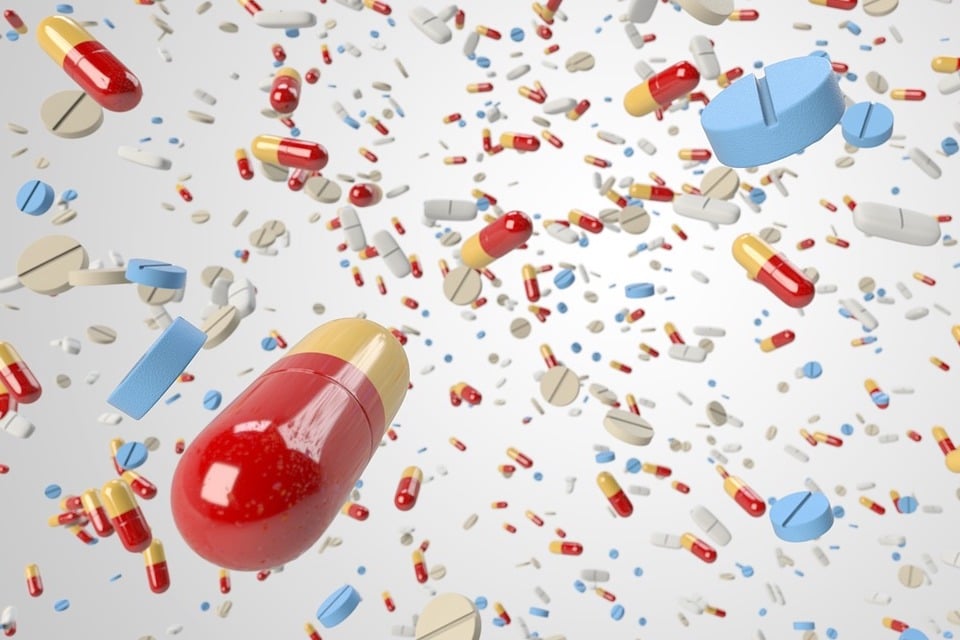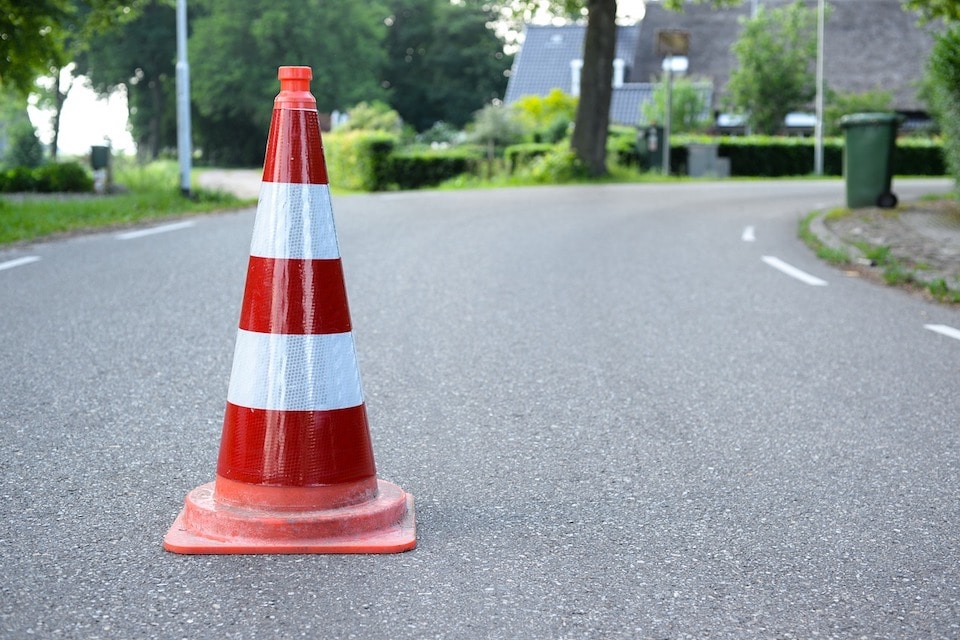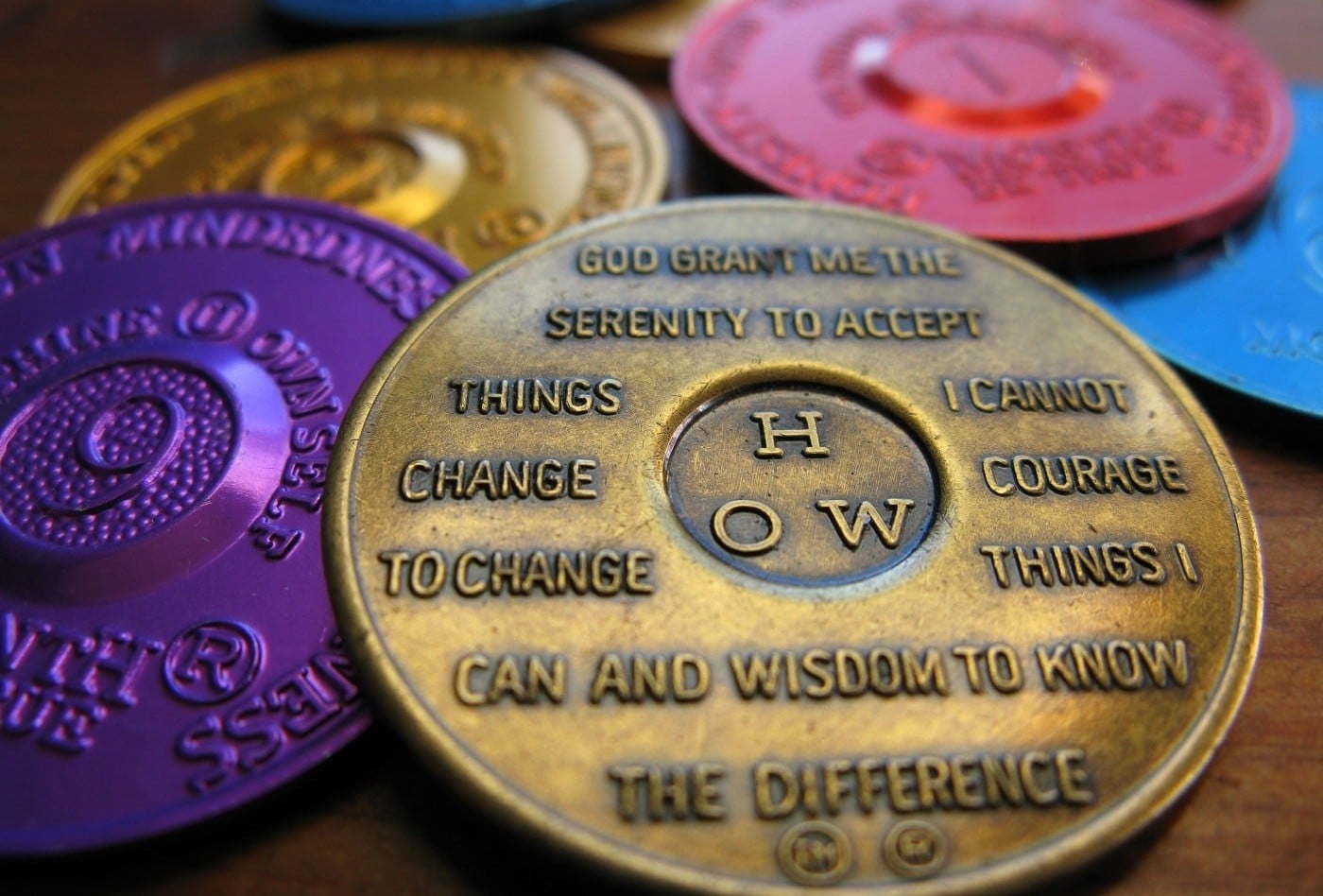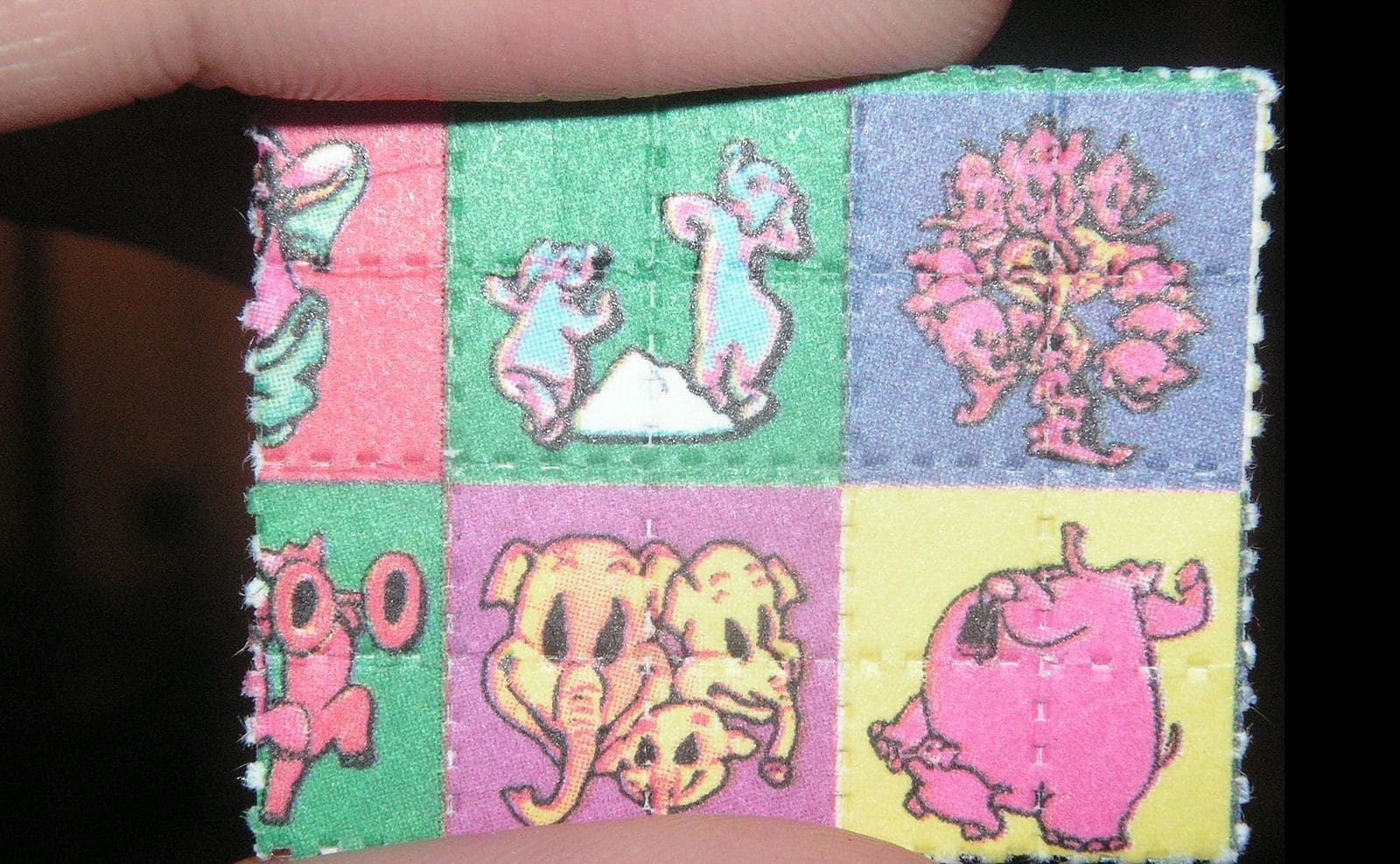As someone who has attended my fair share of music festivals and other events where people take psychoactive drugs recreationally and openly, I’ve sometimes seen psychonauts do things that make me cringe with mild anxiety and genuine concern for their safety.
For example, it is not uncommon to see someone casually licking their finger, blindly digging around in a baggie that contains a mysterious powder, and then swallowing whole whatever happens to make its way out of the pouch. I’ve also seen people take a bump or snort a line offered by a complete and total stranger. These things don’t always turn out well.
Taking drugs like this is far from ideal, and consuming an unknown (and potentially dangerous) dose unfortunately happens frequently in the recreational drug community. It’s irresponsible at best, and at worst it could result in severe consequences ranging from mild anxiety or physical discomfort to more drastic outcomes like hospitalization or death.
So what should a recreational drug user do in order to improve the chance of having a good time versus ending up in the medical tent or in the back of an ambulance? This article contains a few pointers to help ensure that substances are taken in the safest way possible.
Test It
To start, it’s important to test your substance with a reagent testing kit to verify that it hasn’t been contaminated by other substances often found in street drugs- things like fentanyl, n-ethylpentylone, or 25i-NBOMe. While testing kits aren’t capable of identifying the substance with 100% accuracy, they can still help you detect some of the main psychoactive research chemicals floating around in today’s recreational drug circuit.
Get a Scale
Once you’ve identified your substance and decided that you still want to take it, you should measure it out to the best of your ability. First, you’ll need to obtain a milligram scale—one that can weigh in 0.001 gram increments. There are plenty of these available online, so just perform a search for “milligram scale” and find the best one that you can afford. You can also try asking around in your community—who knows, maybe one of your friends will have one that you can borrow.
Learn About It
It’s also important to learn about safe dosage levels for the substance you are planning to take. Each drug has a unique dosing range, and you can typically find dosage charts on each substance’s Erowid vault page. While you’re there, it’s also a good idea to read about the effects that you may experience if you do decide to take the substance.
Weigh It
When it’s time to measure out your dose, find a space with as little air movement as possible (milligram scales can be sensitive to even the slightest wind), set your scale on a flat surface that is as level as possible, and power it on. It can help to place a few mouse pads underneath to limit vibrations.
For optimal results, calibrate your scale according to the instructions in its user manual, which will usually involve placing the tray on the weighing surface, putting the device in calibration mode, and using calibration weights to manually enter a measurement into the scale.
After calibrating your scale, place the tray on the measuring area and wait for the numbers to stop moving before pressing the scale’s “ZERO” or “TARE” button. This will set the unladen weight of the tray, which is an important step to perform before adding weight.
Now that your scale is ready, you can start adding little bits of your substance onto the tray. Gradually add larger and larger amounts and watch the reading increase, stopping at your desired dosage.
Make sure you start with a small dose, especially if it is your first time with a new substance or a batch that you haven’t used before. It is impossible to know how you will react with a drug until after you have worked with it at least once before, and some people are far more sensitive to a substance than others might be. If that’s you, don’t find out the hard way.
Remember that you are measuring units smaller than a gram and ensure that you perform an accurate conversion—0.001 grams is 1 milligram, 0.01 grams is 10 milligrams, and 0.1 is 100 milligrams. This step is absolutely crucial—you don’t want to accidentally take a larger dose than planned!
Prepare It
After you’re done weighing your dose, you can choose one of a few ways to prepare it. If you plan to eat it, you may want to pour the dose into a capsule—this can make it easier to swallow, and you don’t have to taste it- psychedelic substances often taste bitter. You could also fix a potion and drink your dose, if you’d like to try mixing it with something tasty like juice or soda.
If you’re planning to insufflate your dose, you can cut up your perfectly measured line(s) and snort away, confident that you know exactly how much you are putting up your nose.
Weighing your dose can also be a good idea if you are consuming substances that don’t usually come in a powder form, such as psilocybin mushrooms or peyote.
Be Safe
Beyond properly weighing your dose, you can stay safe by including a friend along for the ride, chilling out when you need to rest, ensuring you are adequately hydrated, avoiding any dangerous drug combinations, protecting your hearing (if you are in a loud environment), and treating your body right with sufficient sleep and high quality nutrition before and after the experience. Do your homework to find out if certain foods or supplements are advised after using your substance.
Taking a measured dose is much safer than winging it with an unknown amount. Now that you know how to accurately weigh doses, you are one step closer to keeping yourself and the people you know as safe as possible if and when you choose to use psychoactive substances. There are plenty more harm reduction techniques available, and incorporating them into your own practice can help keep you and your friends out of harm’s way.


